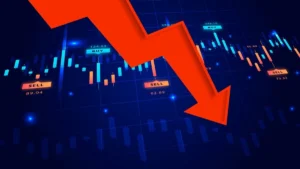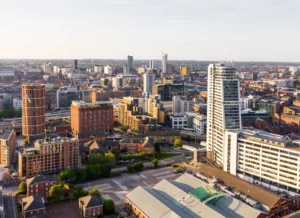In today’s world, access to financial resources can make a significant difference in the lives of individuals and communities. However, traditional lending institutions often have stringent requirements that make it difficult for underprivileged communities to secure loans. This is where 소액대출 come into play, serving as a powerful tool for bridging the gap and empowering those in need.
One of the advantages of microloans is their accessibility. They offer a lifeline to aspiring entrepreneurs, enabling them to start or expand small businesses that can generate income and improve their standard of living. These loans can be used for various purposes, such as purchasing equipment, buying inventory, or investing in training and education. By providing capital to individuals who have been excluded from traditional financial systems, microloans open doors to economic opportunities and empower individuals to become self-sufficient.
Microloans also have a profound impact on underprivileged communities. By promoting entrepreneurship and self-employment, they help create local employment opportunities, reducing unemployment rates and stimulating economic growth. Additionally, microloans often target women and marginalized groups, empowering them to break free from the cycle of poverty and gender inequality.
Furthermore, microloans foster a culture of financial responsibility and discipline. Borrowers are encouraged to save, as many microloan programs require individuals to open savings accounts alongside their loans. This promotes financial literacy and helps individuals develop healthy saving habits, ensuring their long-term financial stability.
The success of microloans lies not only in their impact on individual borrowers but also in the broader effects on the economy. As microenterprises flourish, they create a ripple effect that uplifts entire communities. Increased economic activity leads to higher tax revenues, which can be reinvested in infrastructure, healthcare, and education, ultimately improving the overall quality of life.
However, it is crucial to recognize that microloans are not a panacea for poverty eradication. They are just one piece of the puzzle in addressing the complex challenges faced by underprivileged communities. To maximize their impact, microloans need to be complemented with other support mechanisms, such as business training, mentorship, and access to markets.
In conclusion, microloans play a vital role in 급전, bridging the gap between money and you. By providing access to capital and financial services, they empower individuals to break free from the cycle of poverty and create a better future for themselves and their communities. Microloans not only stimulate economic growth but also promote gender equality, financial literacy, and social development. As we continue to work towards a more inclusive society, it is essential to support and expand microloan programs, ensuring that everyone has an equal opportunity to thrive.






More Stories
Gentle guidance that helps buyers move through each loan stage
Supported Living vs General Needs – Choosing the Right Social Housing Investment Model
Copy your trading strategies live with cloud technology